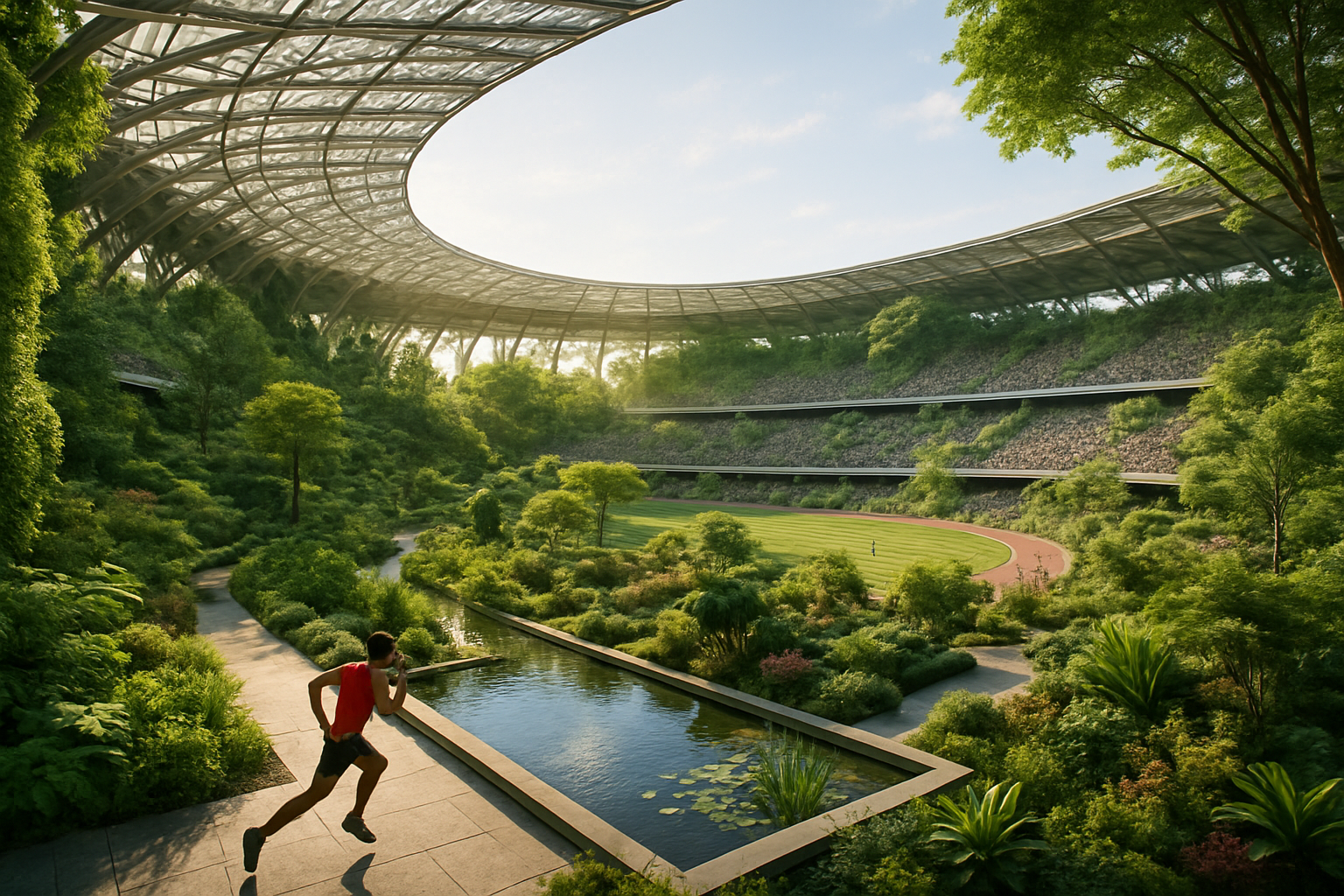Whisper Gardens: The Silent Revolution in Urban Soundscaping
A gentle rustle of leaves, the soft trickle of water, the muted chirping of birds - these are the subtle sounds that define a whisper garden. This innovative trend in landscape design is reshaping how we experience our outdoor spaces, offering a serene retreat from the cacophony of urban life. Whisper gardens blend thoughtful plant selection, clever hardscaping, and acoustic principles to create environments that soothe the senses and promote tranquility. As city dwellers increasingly seek respite from noise pollution, these carefully crafted havens are emerging as the next big thing in garden design.

In the early 2000s, landscape architects began to explore ways to incorporate acoustic principles into garden design more deliberately. They drew inspiration from the field of architectural acoustics, which focuses on controlling sound within built environments. By applying these principles to outdoor spaces, designers discovered they could create gardens that not only looked beautiful but also sounded beautiful.
The term whisper garden was coined around 2015 by British landscape designer Sarah Eberle, who sought to create spaces that would provide a auditory respite in busy urban areas. Since then, the concept has gained traction among gardeners, landscape architects, and urban planners worldwide.
Key Elements of a Whisper Garden
Creating a whisper garden involves careful consideration of both visual and auditory elements. The goal is to minimize harsh or jarring sounds while amplifying gentle, natural noises. Key components often include:
-
Sound-absorbing plants: Dense foliage and textured leaves help absorb and diffuse sound waves. Plants like bamboo, ferns, and ornamental grasses are popular choices.
-
Water features: The gentle sound of trickling water can mask unwanted background noise. Subtle fountains, small streams, or even simple water bowls can be effective.
-
Wind chimes: Carefully selected wind chimes can add a soft, melodic element to the garden’s soundscape.
-
Textured hardscaping: Materials like gravel paths or pebble-filled areas create gentle sounds underfoot.
-
Sound barriers: Strategic placement of walls, fences, or dense hedges can help block external noise.
The Science Behind Whisper Gardens
The effectiveness of whisper gardens is rooted in the principles of acoustics and psychoacoustics - the study of sound perception. By manipulating the physical properties of sound waves and understanding how our brains process auditory information, designers can create spaces that feel quieter and more peaceful.
One key strategy is the use of broadband sound masking. This involves introducing low-level, consistent background noise (like the sound of trickling water) to cover up more disruptive sounds. Our brains are wired to tune out constant, non-threatening sounds, making the overall environment feel quieter.
Another important factor is the concept of reverberation time - the length of time it takes for a sound to decay in a space. In a whisper garden, designers aim for a short reverberation time, which creates a sense of intimacy and calm. This is achieved through the use of sound-absorbing materials and careful spatial planning.
Designing Your Own Whisper Garden
Creating a whisper garden at home doesn’t require a complete overhaul of your outdoor space. Even small changes can have a significant impact on the auditory environment. Here are some tips for incorporating whisper garden principles into your own landscape:
-
Start with a sound audit: Spend time in your garden at different times of day, noting the sources and types of sounds you hear. This will help you identify areas that need attention.
-
Introduce layered planting: Use a mix of trees, shrubs, and ground cover to create a multi-layered canopy that helps absorb and diffuse sound.
-
Experiment with water: Even a small tabletop fountain can introduce soothing sounds to your garden. Place it strategically to mask unwanted noise sources.
-
Consider your hardscaping: When planning paths or patios, opt for materials that produce gentle sounds when walked upon, like fine gravel or wood chips.
-
Create cozy nooks: Use plantings or structures to create intimate spaces within your garden where sound can be more easily controlled.
The Future of Whisper Gardens
As urban populations continue to grow and noise pollution becomes an increasingly pressing issue, the principles of whisper gardens are likely to find wider application. Urban planners are already exploring ways to incorporate these ideas into public spaces, creating pockets of tranquility within bustling cities.
Moreover, the concept is evolving beyond just gardens. Architects are beginning to apply whisper garden principles to building design, creating structures that not only look good but sound good too. This holistic approach to sensory design promises to reshape our built environment in the coming years.
In conclusion, whisper gardens represent a thoughtful and innovative approach to landscape design that addresses the often-overlooked auditory aspect of our outdoor spaces. By blending aesthetic beauty with acoustic principles, these gardens offer a much-needed respite from the noise of modern life. As we continue to seek balance and tranquility in our increasingly hectic world, whisper gardens stand poised to play a crucial role in shaping the future of urban living.





